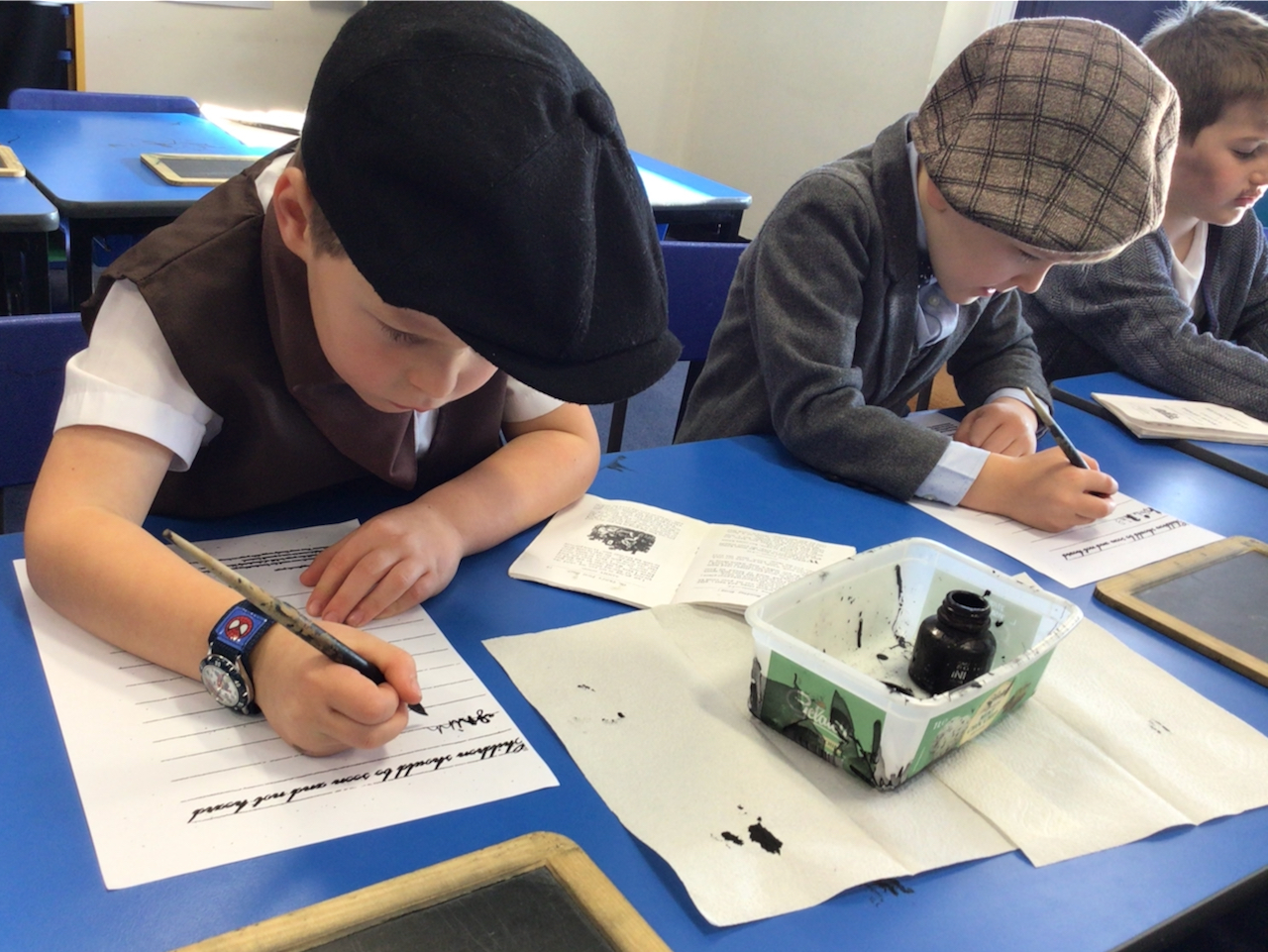English

English lessons introduce our learners to the world of reading and writing. Through reading various texts and writing assignments, students expand their vocabulary, improve their comprehension, and develop their writing skills. These skills are not only vital for academic success but also for lifelong learning.
More than any other subject taught in school, English – and especially reading – gives pupils access to the rest of the curriculum and is fundamental to their educational success. This is why the introduction to the national curriculum says: ‘Fluency in the English language is an essential foundation for success in all subjects.
However, English is so much more than the gateway to success in other curriculum subjects. Through studying literature, pupils’ eyes are opened to the human experience; they explore meaning and ambiguity as well as the beauty and power of language. English also has a strong creative and expressive dimension.
To see how Speaking and Listening, Reading and Writing are taught at St Mary and All Saints CE Primary School, please click on the pages to the right of this page.
